Previous Newsletters
|
||||
|
AWARDS SEASON
We’re fashionistas at cultureNOW. We drooled over all the strapless extravaganzas and fantasized about how many personal training sessions, vials of botox, and spray tans it would take to whip us into Oscar-ready shape and realized that neither the calendar nor our bank account could accommodate all the slight adjustments we might need to achieve that level of physical perfection. So, we saved airline miles and went to the Center for Architecture on Monday night for the AIA New York Chapter Design Awards. Even though the prizes are highly prestigious, black was the color of choice, Harry Winston provided none of the jewelry, and no hem was a tripping hazard. Fortunately, the architectural award season is extremely compressed. Even though it takes years to build a building, it takes a day to judge them. The way it works is that the jury arrives from all over on Sunday night. They blow through the four hundred odd submissions all day Monday, present their verdicts and then have dinner. It’s a whirlwind approach that can net some surprising choices. Awards are bestowed for many reasons. For the organization it’s a fund raiser and adds prestige. For the winners, it can be career changing with whole firms built on competition winning projects. And for the Jurors, it’s the opportunity to see what’s happening in the world at large and lend their expertise. For them it’s a balancing act as they recognize significant buildings that set the standard, buildings that take a difficult problem and craft it well, and buildings that are purely visionary and provocative. When the envelopes are opened, they hope to find a blend of the well known, the seasoned and the emerging voices. In New York, because there are a lot of famous architects who live and practice here, it’s sometimes hard for a jury to get beyond the major projects done by household names. This year was no exception with the bulk of the accolades going to the prominent with a few to the up-and-coming practitioners sprinkled among them. We thought we’d see what our colleagues in the Public Art world do. We looked at the best of 2012, the Public Art Network's Year in Review. Their jury was going for breadth and honoring artwork that spanned the country, ranging from performance to infrastructure by already and soon-to-be famous artists. It turned out that we already had many of the artworks online; so, we elected to complete the list. To complement this, we chose an artist, Jackie Ferrara, to showcase whose work straddles both worlds and has consequently won art and architectural prizes throughout her career. Abby Suckle, President |
||||
|
PUBLIC ART AWARDS: PUBLIC ART NETWORK'S YEAR IN REVIEW, 2012 There were 50 winners in 2012. With that much to choose from, we decided to highlight some of the ephermeral because we’re struggling at the moment in our digital collection with how to display temporary art and short term projects and we hoped to spark a discussion about what is the proper approach. We also wanted to look at some of the more hot button themes that were addressed through art projects. Manifest Destiny! is a temporary work in San Francisco consisting of a small ‘house’ glued to a wall. It is about intrepidly claiming and occupying space regardless of hazard, existing occupants, inconvenience, daunting odds, or common sense. Borrando la Frontera (Erasing the Border) addresses immigration and is little more than a painted fence at the border between Tijuana and San Diego. Incorporating public art into infrastructure is a major concern of Public Art administrators throughout the country. Modes of transportation change over time. Passage, Randy Walker’s temporary intervention on a disused and several times relocated railroad trestle is an excellent counterpoint to SkyDance Bridge which is a large bird shaped sculpture spanning a portion of I-40 outside of Oklahoma City. |
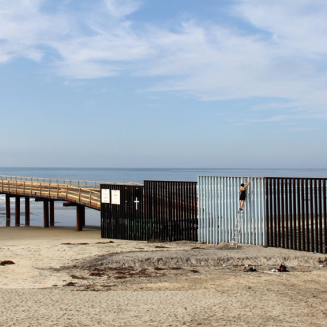
Borrando la Frontera (Erasing the Border) (2012) San Diego.
Ana Teresa Fernandez. Photo © Maria Teresa Ferendez |
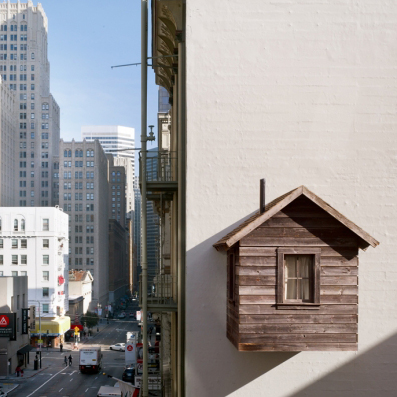
Manifest Destiny! (2011) San Francisco, CA.
Mark Reigelman and Jenny Chapman. Photo © C. Rubio |
||
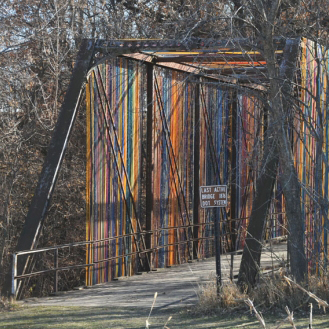
Passage (2012) Kasota, MN.
Randy Walker, Collection: Minnesota State Arts Board |
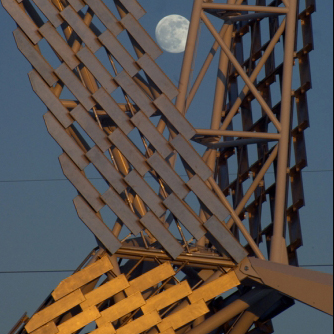
SkyDance Bridge (2009) Oklahoma City, OK. Stan Carroll.
Oklahoma City Public Art. Photo. © Graham Carroll |
|||
|
INTERNSHIP + BEYOND 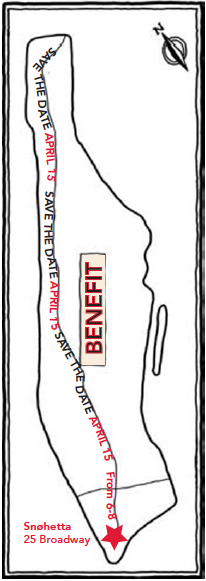
6pm to 8pm Snøhetta 25 Broadway BENEFIT TICKETS Celebrating Becky Cooper Intern ‘07 on the publication of her book Mapping Manhattan: A Love (And Sometimes Hate) Story in Maps by 75 New Yorkers FEATURED WALKING TOUR: The Political History of the New York Irish 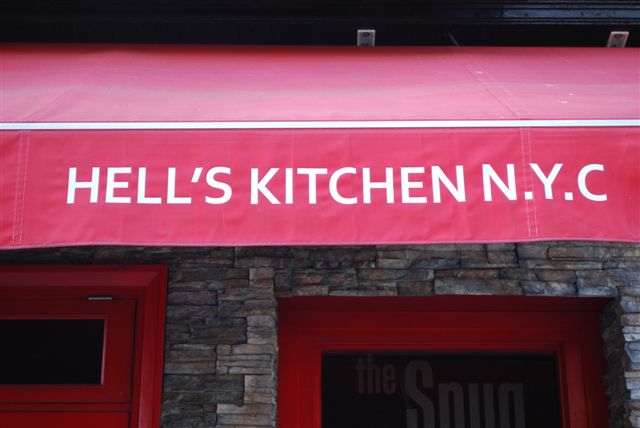
1pm to 4pm Meet at St. Patrick’s Cathedral, New York, NY TOUR TICKETS Join tour leader James Kaplan as he reprises his annual tour on the political history of the New York Irish in Hell’s Kitchen. The tour begins with the area's settlement by the immigrant Irish in the 1850’s through its recent rise as a trendy New York neighborhood. The tour also discusses the rise of the theater district and the fight against blight and pornography in the 1970’s. PROJECTS AWARD WINNER 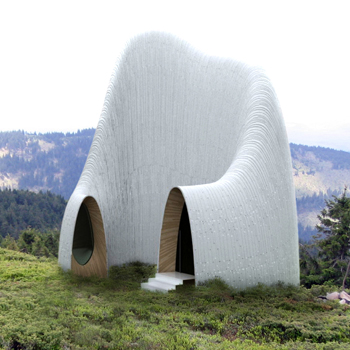
Rendering courtesy of the Architects.
Kápolna Madaras - Madaras Pilgrimage Chapel,Odorheiul Secuiesc, Romania. Architects: Christopher Johnson with Ramona Albert INTERESTING FIND 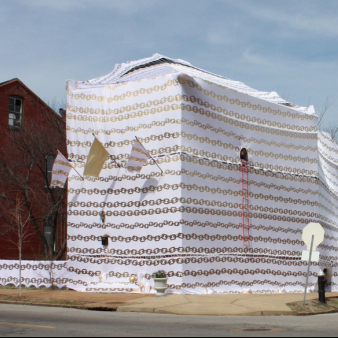
|
||||
|
FEATURED ARTIST: JACKIE FERRARA Choosing an artist every month is a real treat. Even though we live and work in what we think is the art capital of the world, it’s a pleasure to get to know a different artist and to learn about their approach to their work. As architects, we try to create buildings as sculptures but often get waylaid by the constraints placed on a project. So, it is wonderful to look at an artist like Jackie Ferrara who comes to placemaking from the opposite perspective and whose work transitions between the sculptural world and its setting and get a new perspective on how to treat some of the building elements. We design carpets and even paving patterns and usually don’t think of them as art. She designs paving patterns which are. We design pergolas and see them as sunshades, to her they are sculptural elements. To us amphitheaters are outdoor seating; to her they are landscape form. It’s inspiring to see how if you look at the same thing in a different way, it can elevate what you do into a whole different level. |
||||
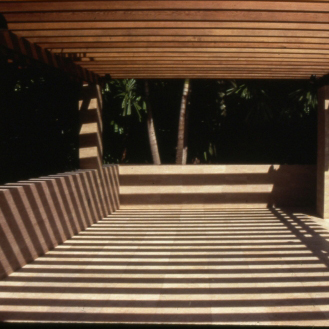
Lap Pool and Bath House (1998) Coconut Grove, FL
Photo courtesy of the Artist |
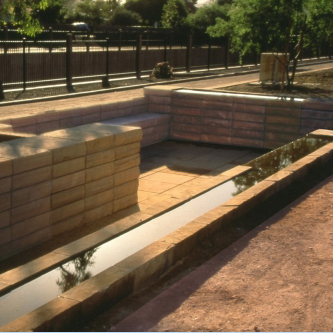
Sunnyslope Canal Demonstration Project (2001) Phoenix
M. Paul Friedberg Landscape. City of Phoenix Collection
|
|||
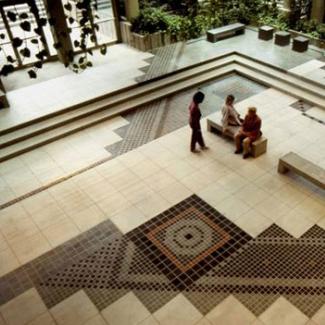
Meeting Place (1989) Seattle, WA.
Washington State Arts Commission.
|
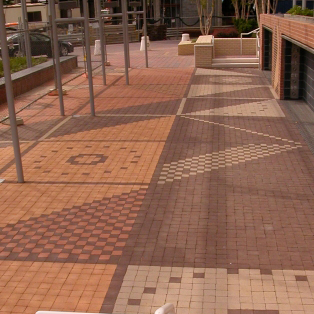
Arlington Gateway (2004) Arlington, VA. Arlington Public Art.
M. Paul Friedberg Landscape Architect
|
|||
|
ARCHITECTURE AWARDS: 2013 AIA NEW YORK CHAPTER DESIGN AWARDS Obviously we can’t show all the 42 winners our 12 jurors selected in 4 categories (Architecture, Interiors, Urban Design and Projects). Since the work spans the globe, we selected a few of them to illustrate the range including several large buildings in New York such as the recently completed Barclay’s Center by SHoP and One Jackson Square as well as the Architecture School expansion at Clemson University by Tom Phifer and Steven Holl’s Daeyang Gallery & House in Korea. |
||||
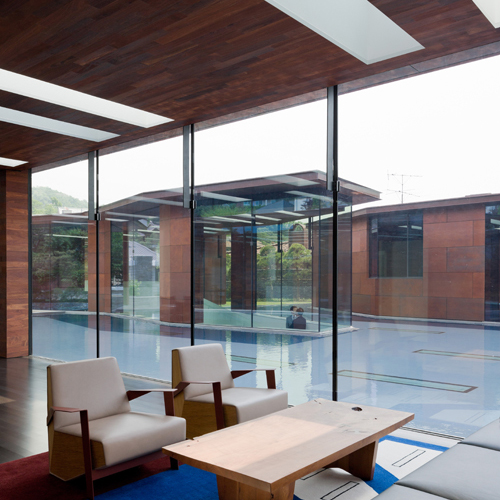
Daeyang Gallery & House (2012) Seoul, Korea.
Steven Holl & E. Rae Architects. Photo © Iwan Baan |
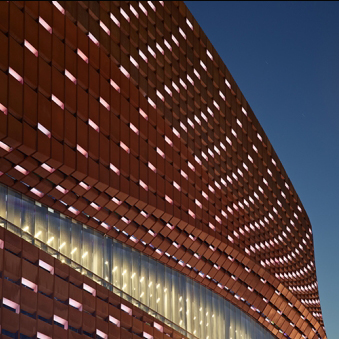
Barclays Center (2012) Brooklyn, NY. SHoP Architects &
Ellerbe Becket / AECOM. Photo © Bruce Damonte |
|||
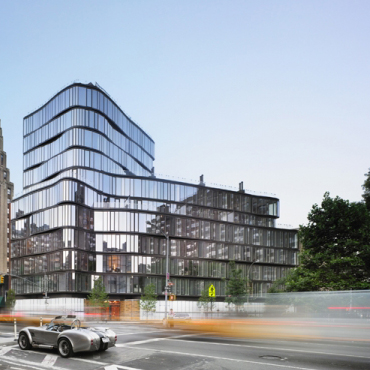
One Jackson Square (2010) New York, NY.
Kohn Pedersen Fox / SLCE. Photo © Michael Moran
|
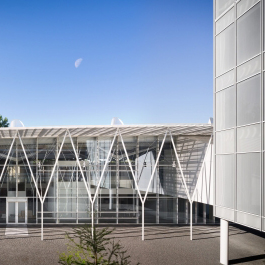
Lee Hall Expansion, Clemson, SC (2012)
Thomas Phifer & Partners. Photo Courtesy of the Architect |
|||
|
||||






